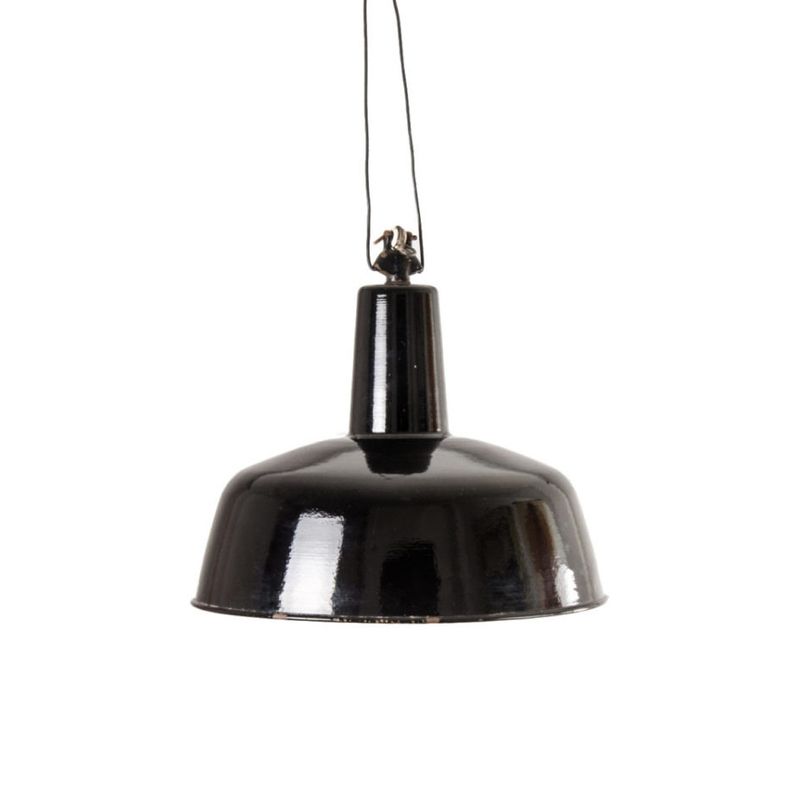It hasn't been knocked down yet but apparantly it will be,
Link below.
I thought I loved it but its strange, now I've heard this I'm not really caring so much.
http://designcrave.com/2009-07-13/nakagin-capsule-tower-set-for-demolition/
Every time
a building like bites the dust, it makes me sick to my tummy, despite the fact that some of these buildings are not particularly well suited to a long life. Some flat top buldings are leaky, many 1950's and 1960's buildings don't know from energy efficiency.
In my home town - Minneapolis - so many beautiful building have been torn down over the years that whenever I think of it, it makes me sick.
Any of you ever read "Lost New York"?
Save it, Japan!
It is a great building and I am not a lover of this sort of brutalist-derived architecture.
Logical, pragmatic, practical reason for not tearing it down: tear down will be very costly. Disposal will be a mess.
Logical, pragmatic, practical and sensible alternative: No doubt continually churned property value gradients in Japan are making it pencil out to boom it an put up a taller building. So: either give the developer some TDRs (transferable development rights) at another location to leave it alone, or incentivise the developer at the sight to add on to the existing structure by going up. This existing building would make a great aesthetic platform for an even more stunning taller building, given the right architect and budget. It would be the exact kind of challenge that Japanese engineers (and Renzo Piano) pride themselves (and are so brilliant at) on rising above. No doubt the existing structure could not bear another 20 stories above it, but the structure lends itself to either boring holes for steel frame vertically from top to bottom, or taking the frame external. This is such a classic opportunity for Pianoan "engineered functionalism" to take the next step in proving its broad feasibility. Engineered functionalism is the perfect overlay for this alleged Metabolist architecture. Engineered functionalism is the rational path to showing societies how to stop reinventing the wheel, and how to start accretion of structures in vertical environments. Modernism and post modernism with perhaps a few exceptions have mostly not yielded any vertical accretion architecture. Towers are put beside existing structures, or buildings are joined to others horizontally, and Pei's Louvre addition insinuates the modern into bowels of the Louvre and up into the landscape of it, but vertical additions have not yet been mastered. And this is a terrible shame and waste. Nothing is more wasteful than tearing down a huge building. At the same time, few things are more injurious to an urban land economy than a large obsolete building obstructing the bid rent gradient of the urban land economy. What real estate development and developers have always needed is a rational, elegant, engineered approach to architecture that allows graceful, appealing vertical accretion in instances like this one when externalities of urban land value gradients, plus changes in consumer trade area for the old space, are imposing obsolescence on a wonderful structure.
Come on! If Renzo and the Japanese engineers can build an airport on a sinking island, they can cost effectively and beautifully figure out how to vertically accrete space on this site that will be elegant and respectful of Japan's post war architectural legacy and accomplishments.
I Suspect It's A Cultural Phenomenon
The Japanese tend to build for the short term, and seem totally unsentimental about their buildings and architecture.
I think the average lifespan of a Japanese home is about 15 years- they simply don't build them to last.
I agree however, it's a great shame and a truly iconic building.
If you need any help, please contact us at – info@designaddict.com









